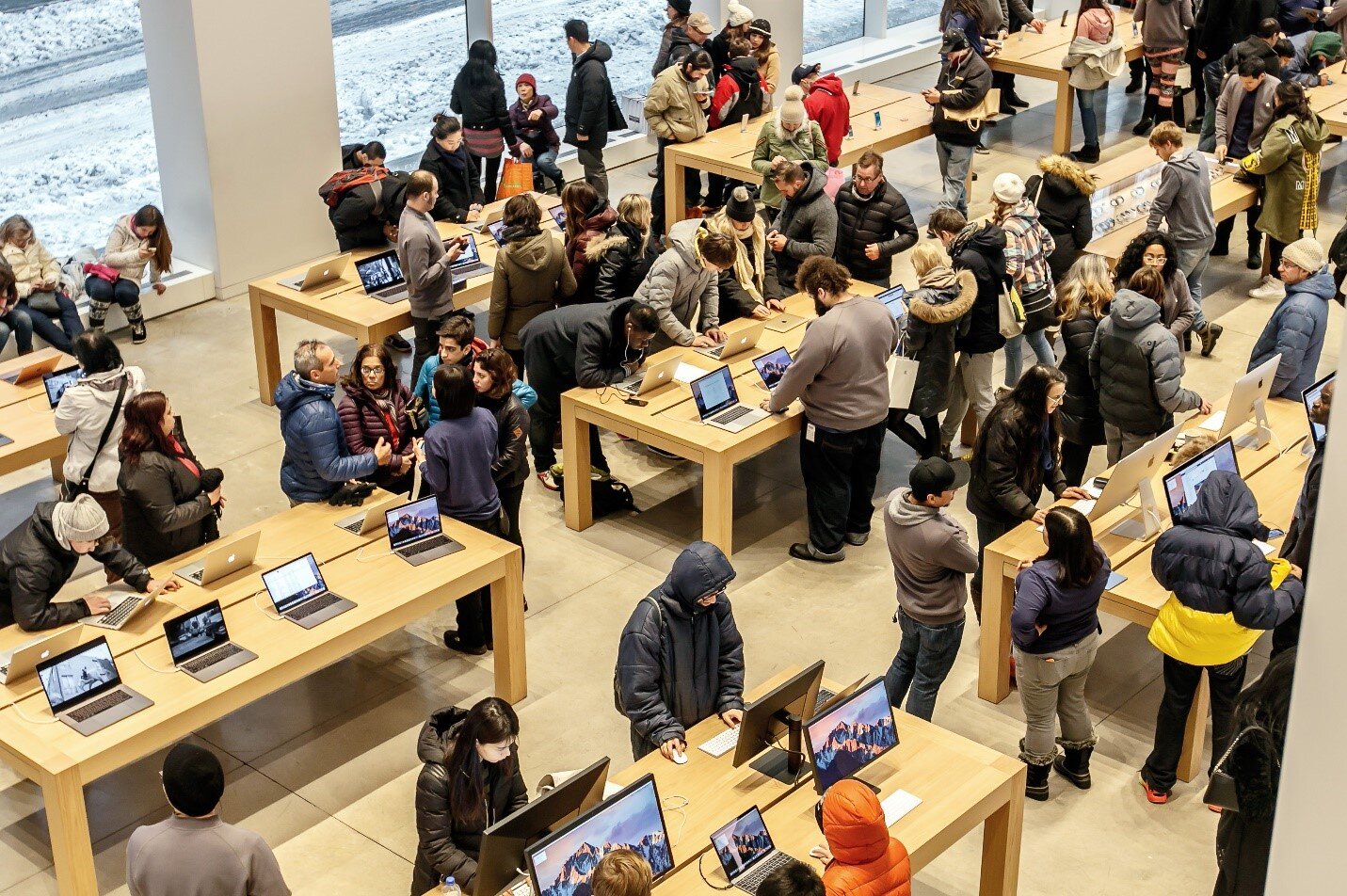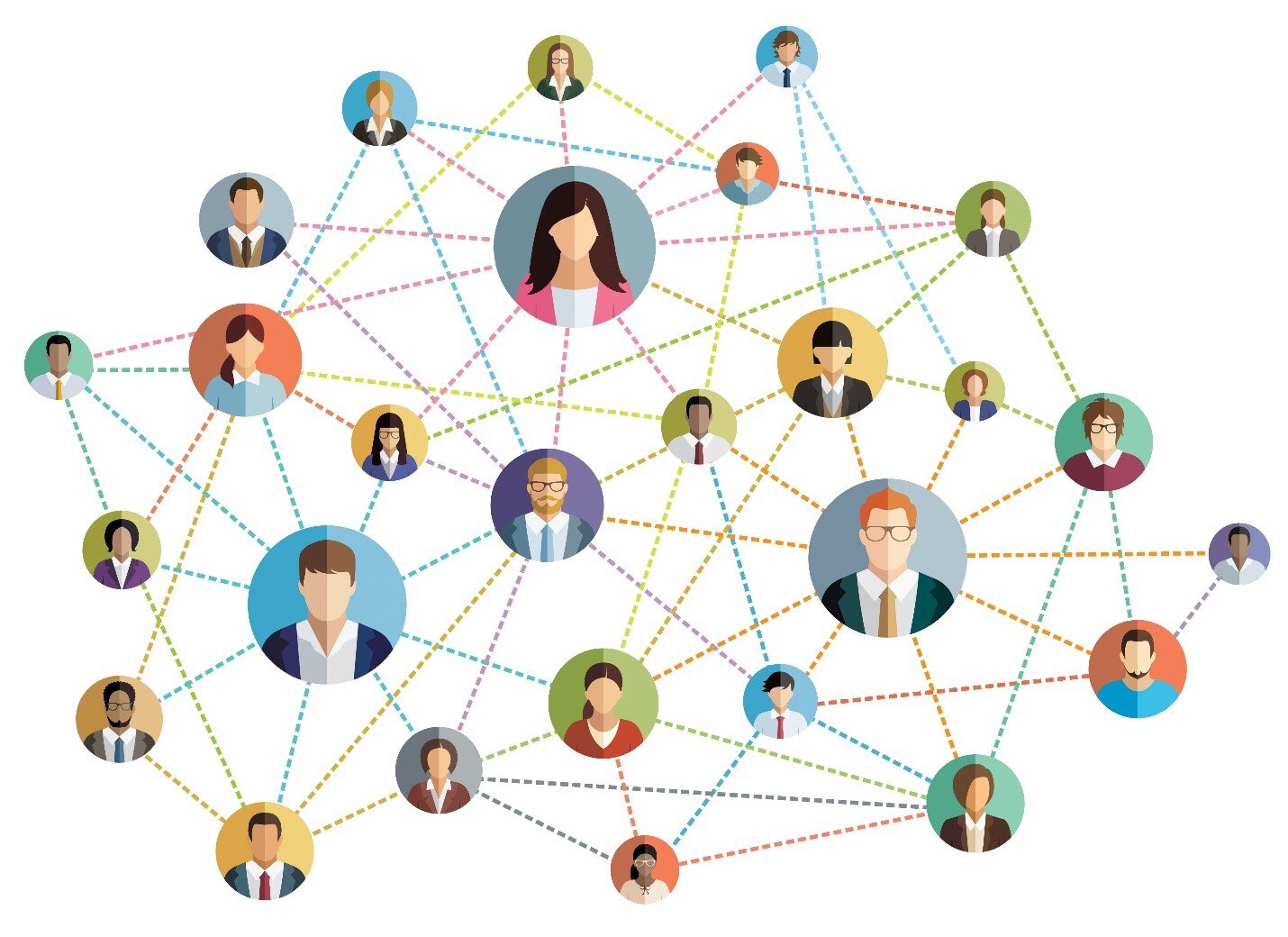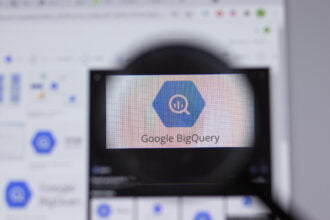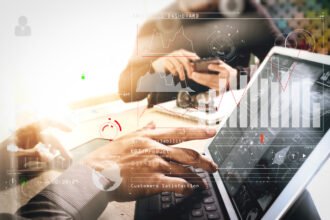Small businesses might feel like they’re in a boat without a paddle when trying to tackle the challenges of collecting and analyzing big data. Take a deep breath. You’re not being left behind by the Fortune 500s, even if their IT budget is bigger than your entire revenue-stream for the past decade. The opportunity for small businesses to leverage big data has never been better. Multiple companies have launched big data collection and analysis tools in SaaS (software as a service) platforms. This means that you don’t need to invest in expensive hardware, hire a costly data expert and then deploy complex algorithms on your own. But, even with SaaS big data platforms, you still need high-quality data that can help you reach data-driven decisions. Again, take a deep breath. I’ll outline a ton of great sources for your company’s treasure trove of data. You already have the data at your fingertips, but it’s important to recognize it so that the information can be properly cataloged for future analysis.
Transactional Data
One of the most important things you need in a data store is contextual data. These are lines of data points that include multiple variables. When a customer pays you for your goods and services, you know:
- How much they purchased.
- What they purchased.
- When they made their purchase.
- What promotions or coupons got them to pull the trigger.
- How they paid for their purchase.
If you deploy the right POS software, you’ll be able to automatically store this information in a CRM (Customer Relationship Management) software. While it would not be appropriate to store customer payment details, except in an encrypted database to facilitate payment processing, you could create a detailed pool of non-payment instrument transactional data to be mined in the future.
In-Store Traffic Monitoring
Big data analysis is changing the way that retailers staff their stores. With the implementation of security systems with highly-tuned motion sensors, it’s possible to track the location of customers as they move throughout the store. You won’t be able to tell which customer is which, but you will be able to get a sense for how many customers shop in each department.
Online Marketing Analytics
When customers visit your store’s website, Google Analytics should be able to give you demographic data on each visitor. This information can help guide how you prepare marketing campaigns, and which aspects of the site get the most attention. Heatmaps can help you understand which sections of each page on your site generate the most mouse clicks or interactions. Social media analytics can help you learn about your social media followers – and powerful Facebook marketing tools can help you market to audiences that mirror your current following. The amount of data that can be gleaned from online interactions with your brand is virtually limitless. It would be wise to instruct your online marketing team to install and customize plugins and programs to collect and store this data in a safe place for future analysis.
Customer Reward Programs
Have you ever wondered why large supermarkets are willing to give you a discount simply for putting in your phone number or scanning a rewards card? Your customer shopping profile is valuable to them. Based on your address and spending habits, they can estimate your annual income. Create a rewards program for your customers. Rewards programs will boost your overall sales by encouraging repeat shopping. And you’ll gain customer-level data on how, when and what your customers are purchasing – extra points if you can sync this up with your ecommerce site for even more data on the items your customers browse before making a final purchase online or in-store.
Third-Party Promos
There are multiple third-party loyalty programs that can be dovetailed with your own personal membership program. For example, Shopkick rewards shoppers with points when they enter sponsored stores, take picture of sponsored products, and use a linked debit or credit card to complete a purchase at participating stores. First, many companies are willing to pay these types of programs to promote their stores and products to mobile shoppers as they travel around town. Second, all of this data can be purchased from the company that manages the mobile app – this data will include travel habits and purchase habits from every store that participates in the program. This kind of data can help you better analyze future promotions and bundle offers.
Personalization is the End Goal
As you begin to build a customer profile, it’s important that your marketing team dives into the stats. The more you know about your customer, to more effective your personalized outreach will be. Blanket email blasts and standardized online and offline promos simply don’t move the needle.









